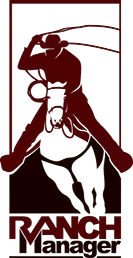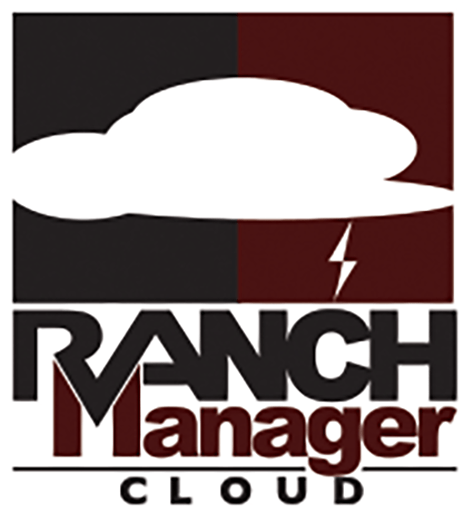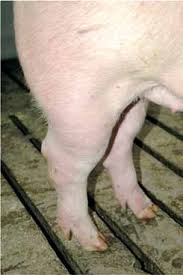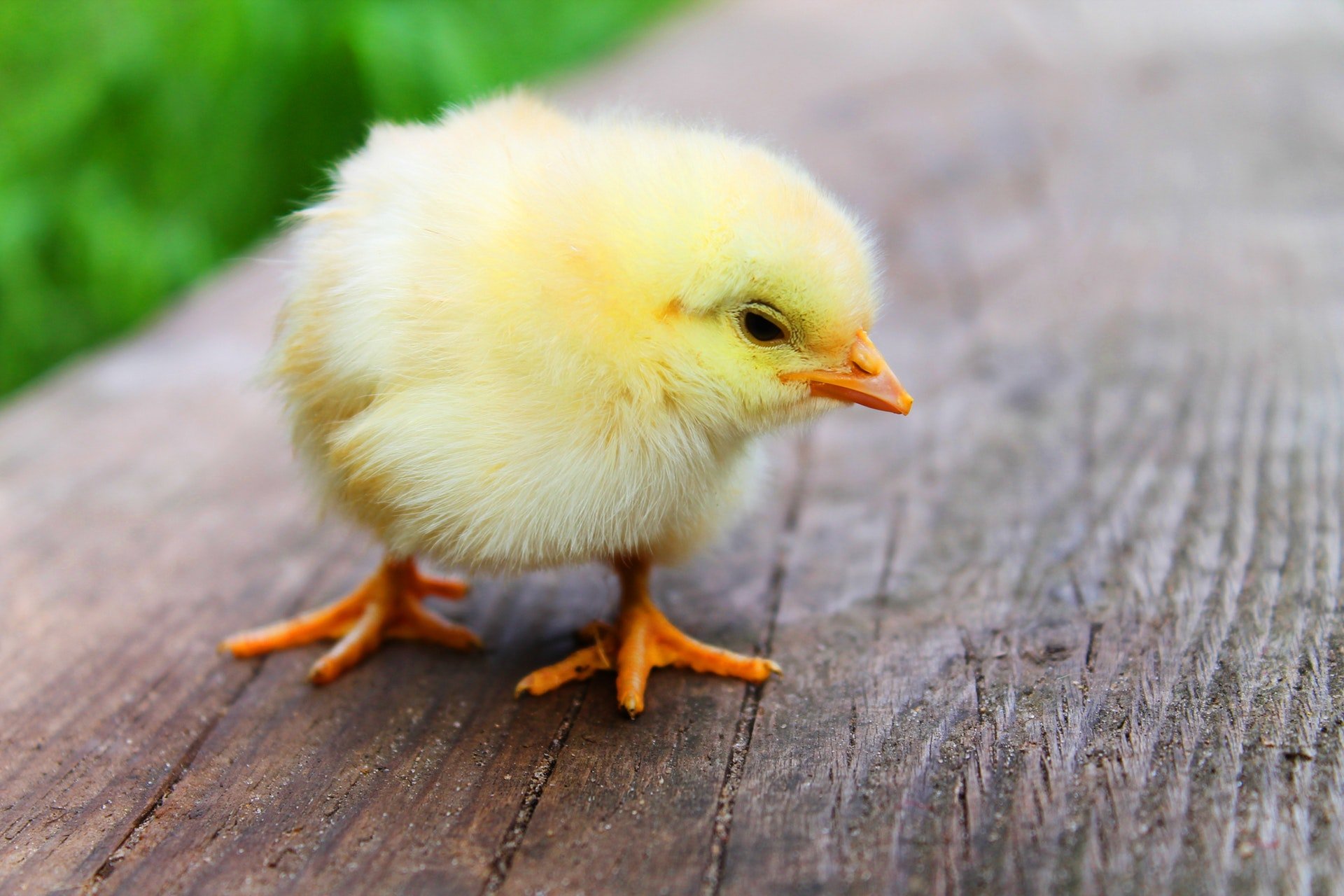Pigs are mammals with stocky bodies, flat snouts that can move independently of their heads, small eyes and large ears. They are also highly intelligent, social animals, and are found all over the world.
Pigs are in the Suidae family, which includes eight genera and 16 species. Among those species are wild boars, warthogs, and pygmy hogs, and domestic pigs. Pig, hog and boar essentially describe the same animal, but there are some distinctions. For instance, a boar is an un-castrated male domestic pig, but, it also means a wild pig of any gender. A hog often means a domestic pig that weighs more than 120 lbs.
Pigs were among the first animals to be domesticated about 9,000 years ago in china and in a region in what is now turkey. Asian farmers first brought domesticated pigs to Europe around 7,500 years ago, according to the Smithsonian Magazine.
Domestic pigs are descended mostly from the wild boar (Sus scrofa) and the Sulawesi warty pig (Sus celebensis). They diverged from their closes ancestors about 500,000 years ago according to the Encyclopedia of Life. Today, there are an estimated 2 billion domesticated pigs on the planet, mostly classified as a subspecies of wild boars.
Size
Pigs usually weigh between 300 and 700 lbs, but domestic pigs are often bred to be heavier. In 2012 a hog named Reggie set a weight record of 1,335 lbs in the Iowa state Fair’s ‘biggest Boar” contest, Radio Iowa reported.
But even massive Reggie is outweighed by the largest domestic pig of all time. That title goes to a porker named Big Norm of Hubbardsville, New York. Big Norm topped the scales at a whopping 1,600 lbs. when he died in 2009, according to the Syracuse Post-Standard.
Wild pigs vary greatly in size and weight. The largest boar is the giant forest hog which is native to more than a dozen countries across Africa. It grows up to 6.9 feet long and measures 3.6 feet tall, according to the Encyclopedia of Life. Although, it is rarely seen, video of the elusive beast was captured in June 2018 by ecologists in Uganda, National Geographic reported.
The heaviest boar is the Eurasian wild pig, which grows to 710 lbs. And the smallest boar is the pygmy hog. This delicate swine grows to a length between 1.8 and 2.4 feet and stands 9.8 inches tall from hoof to shoulder. The pygmy hog only weighs 14.5 to 21 lbs., according to the San Diego Zoo.
Habitat
Boars, pigs and hogs live all over the world, except for Antarctica, northern Africa, and far norther Eurasia, according to the Encyclopedia of Life. For example, red river hogs, also called bush pigs, are found in Africa. Babirusas, or pig deer, are found in Indonesia; and Visayan warty pigs come from the Philippines.
Wild pigs typically live in grasslands, wetlands, rain forests, savannas, scrub lands and temperate forests. All Pigs wallow in mud whenever they have the chance because it helps them to regulate their body temperature and discourages parasites.
Habits
Pigs are very intelligent animals. According to a review published in 2015 in the International Journal of Comparative Psychology, pigs are “cognitively complex,” sharing many traits with animals that are typically considered to be highly intelligent. The review analyzed findings from a number of studies, suggesting that pigs were capable of remembering objects, perceiving time, and making use of learned information to navigate their environment. Pigs are also very playful and have a wide range of play behaviors. This is another indication of intelligence in animals, the researchers reported.
They are also very social. Feral pigs often travel in close-knit groups called sounders, which typically consist of two females and their young, according to Texas Parks and Wildlife.
Pigs communicate with a variety of grunts and squeaks. A short grunt, a longer growl, and a loud roar will warn other pigs of approaching danger, according to the San Diego Zoo. The pigs’ primary defense is speed, but when cornered, their tusks can be formidable weapons. Their lower tusks can get to be about 3 inches long and are razor sharp.
Diet
Pigs, boars and hogs are omnivores and will eat just about anything. Wild boars eat roots, fruit, rodents, and small reptiles, National Geographic reported. Domestic pigs and hogs are fed feed that is made from corn, wheat, soy or barley. However, often on small farms, pigs are often fed “slop”, which consists of vegetable peels, fruit rinds and other leftover food items. Most species of pigs process plants in their hind-guts; and because their digestion of cellulose is inefficient, requiring them to feed often, according to the Encyclopedia of Life.
Offspring
Female pigs, called cows or sows, give birth to offspring twice a year to a litter of around 12 young. Baby pigs are called piglets. At birth, piglets weigh around 2.5 lbs, according to National Geographic. Within a week, most piglets will double their weight. Therefore, they are weaned when they are two to four weeks old.
Wild pigs can give birth to six to 14 piglets at a time. These piglets will stay in a nest for their first 10 days and are weaned after three months. Wild pigs live five to 20 years.
Conservation Status
Wild boars are not endangered, according to the International Union for Conservation of Nature’s Red List of Threatened Species. They are listed as “least concern” due to the wild pig’s “wide range, abundance, tolerance to habitat disturbance and presence in many protected areas.”
Sulawesi warty pigs are listed as “near threatened”; bearded pigs, Palawan bearded pigs and Philippine warty pigs are “vulnerable”; Javan warty pigs are “endangered”; and Visayan warty pigs are “critically endangered”. Hunting and habitat loss are cited as the causes of declining populations in these species.
I hope you enjoyed this article. If you did please share it to your favorite social media platforms. You can also watch one of our YouTube videos with even more facts about pigs below.
About Author
Joshua
Josh grew up with a passion for animals and technology. After years of self-learning, he finally enrolled in college and graduated with a BSIT in 2010. After working in multiple IT roles, he moved to Northern Arizona and started White Mountains Livestock Company. Utilizing the knowledge he had gained as a child and his passion for animals he steadily increased his herds. In 2020 while looking for a program to manage the company’s swine breeding program he came across Ranch Manager. After many conversations the company acquired the software later that same year. Since then, he has focused on improving the software using new technologies to help people manage their own herds with the newest technologies and features.











